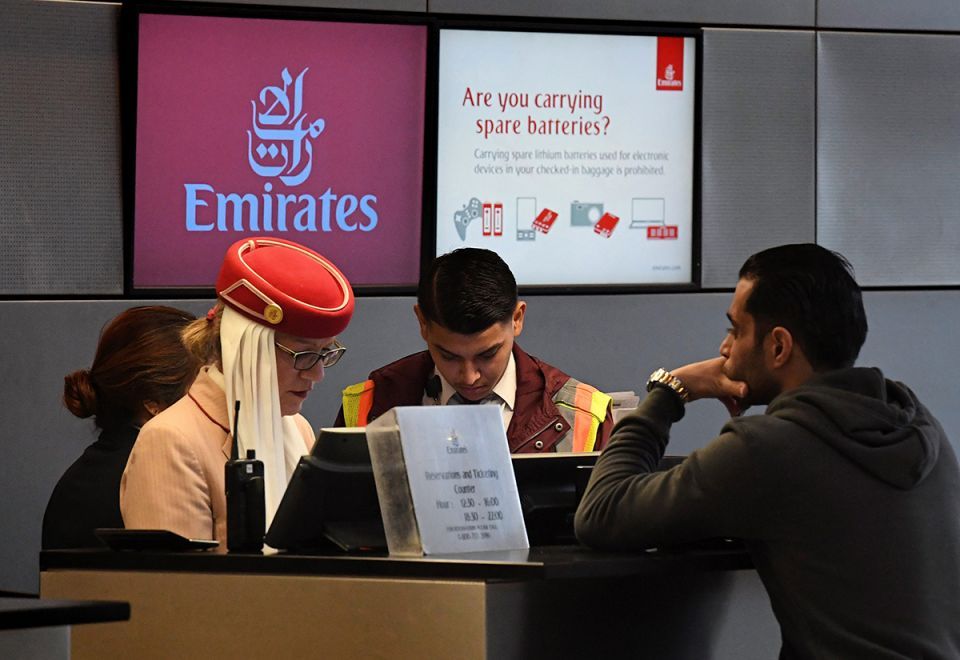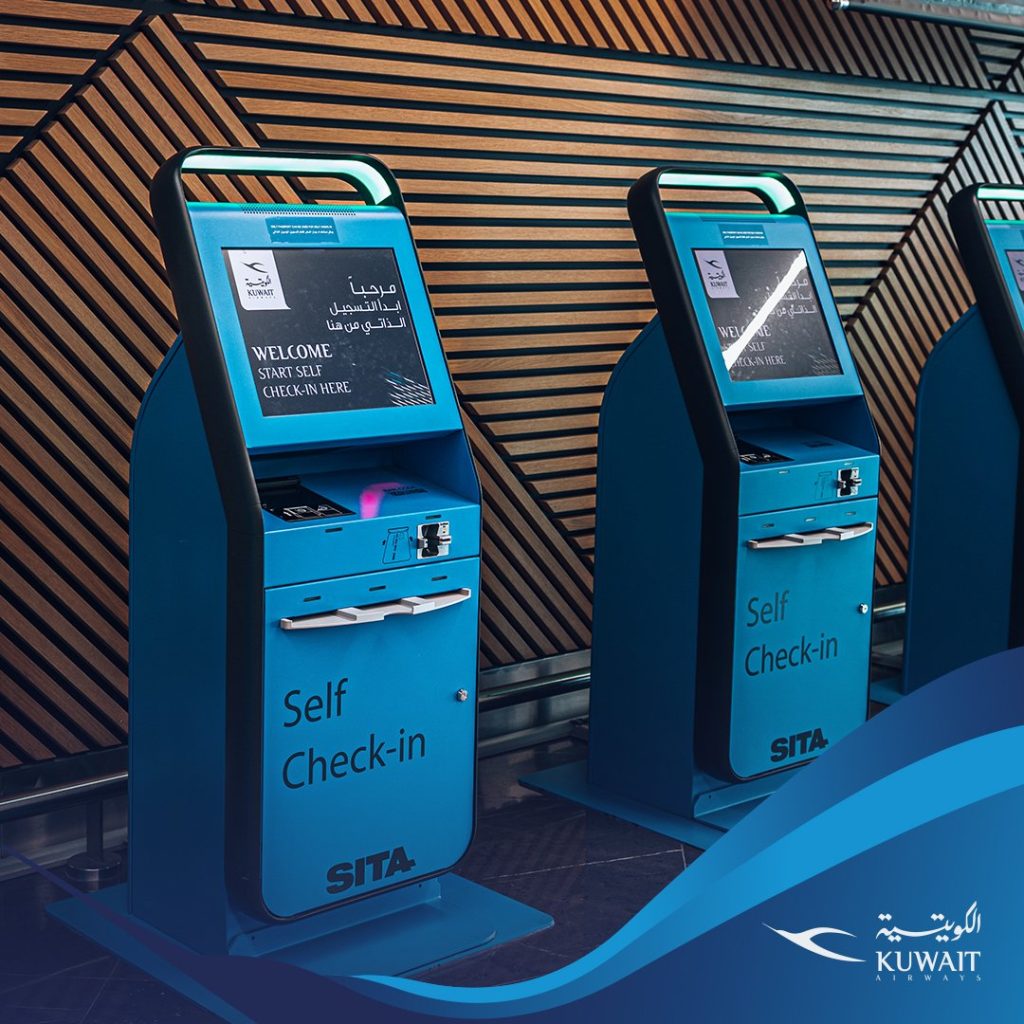As airports phase out paper boarding passes, destinations integrate QR codes for deeper experiences, and use AI for more meaningful services, it begs the question whether this is becoming more or less accessible for the older generations. Particularly in tech-savvy regions like the Middle East. We’re exploring the impact of technical advancements on an aging segment of travellers.

The hesitancy in adopting technology
A recent survey from AARP shows that although 88% of travellers over 50 are aware of mobile boarding passes, only about 30% actually use them, opting instead to print them.
For many baby boomers and senior travellers, the convenience that tech-savvy passengers tout can actually feel like a barrier. Apps with tiny icons, automated kiosks with confusing menus, and the ever-present worry of “what if I tap the wrong thing?”. It’s not that older generations don’t want the ease of technology, often, they’re just not as confident that these new processes will be hassle-free.
This hesitancy can translate into real travel anxiety. Over a third of older adults (around 38%) report feeling overwhelmed by the sheer number of digital travel tools available, and a segment (13%) even believes using tech “is not worth the hassle”. For someone who grew up in the era of paper tickets and face-to-face service, the modern travel experience, with its e-visas, ride-hailing apps, and digital boarding gates, can truly feel like navigating a maze without a map.
There’s also a trust factor, and concerns about fraud and personal data are common. In fact, about 59% of older travellers worry about scams or data theft while on a trip if they rely on digital tools.This indicates that even when the tech works perfectly, fear of the unknown unknowns (like cyber security risks) might hold some back from fully embracing it.
Several travellers we spoke with share the same sentiment, with one with growing concerns about her parents sharing, “my dad is 68 and can’t use the apps. He shies away from any new technology because he wants to stick to what he knows. He’s worried that someone will steal his information and struggles to learn how to navigate the apps. It means he has added stress when he travels and often relies on us.”
Airlines double down on apps
Despite these user reservations, the travel industry is charging full speed into a digital-first future, and nowhere is this more evident than in the fierce competition among airlines to build the best mobile apps. Next month in Lisbon, the World Aviation Festival 2025 will host a high-profile showdown dubbed the “Battle of the Airline Apps.” Leading carriers like Qatar Airways and Saudia will demonstrate how its app has evolved to offer an intuitive, responsive service for passengers.
From seamless booking and personalised notifications to in-app boarding passes and baggage tracking, these apps aim to cover every step of the journey. But, if an airline’s primary channel for providing information and updates becomes its app, passengers who struggle with or dislike smartphone apps could be left with a subpar experience.
There’s a risk that as airlines race to digitise every touchpoint like check-in, boarding, in-flight entertainment, and customer service chats, those who don’t or can’t use the apps might feel increasingly alienated. While a 25-year-old passenger might love managing everything from their phone, a 65-year-old passenger might struggle. As airlines double down on digital, they’ll need to ensure they’re not unintentionally creating a generation gap in customer satisfaction.
The Middle East is leading the accessible tech-revolution

Geographically, few regions have embraced high-tech travel as enthusiastically as the Middle East. In fact, the Middle East is redefining the future of travel with ambitious projects and early adoption of new technologies. For example, Dubai is on track to introduce flying taxis by Q1 2026, at airports, and many Gulf nations are already rolling out biometric and AI-driven systems that radically speed up processes. But they are keeping all travellers in mind.
Taking the stress away from older travellers
Dubai International Airport, has recently unveiled a smart travel system using AI facial recognition that lets groups of passengers clear immigration in as little as 15 seconds, without ever showing a passport. It’s a case where cutting-edge tech, if implemented thoughtfully, could actually assist older and less techy travellers by automating tedious steps. Officials have suggested this has inclusivity in mind to ease the journey for travellers with disabilities, mobility issues, and senior citizens.
Accessible AI eases them in gently
Many carriers like Etihad, Emirates, and Qatar Airways have heavily invested in their digital platforms. Across the region, travel providers are introducing AI chatbots for customer service, VR tours for choosing hotel rooms, and AI-powered trip planning tools. In Saudi Arabia, a recent survey found that over 40% of Saudi travellers aged 45-60, are using AI for finding deals, activities, or translation help during travel, suggesting that middle-aged and older adults in tech-embracing societies are beginning to jump on the bandwagon.
The GCC states also lead in things like digital payments and e-government services for visas, which means travellers (including seniors) often must navigate apps or online portals for everything from buying metro tickets to obtaining a tourist visa. This can ease them in gently to new technology so they are able to handle travelling to regions that are more technologically savvy.

Not all tech works against them
It’s also worth noting that not all tech is inherently alienating to older travellers. When done right, it can be liberating. Voice-activated assistants, for instance, could allow a less tech-comfortable person to make travel requests by simply speaking . Likewise, the biometric systems in airports can free seniors from having to repeatedly dig out documents, as seen in Dubai, where a well-implemented biometric immigration system actually eased the process for many older travellers by making it hands-free and fast.
The key is design and empathy. If developers and decision-makers think about the needs of a grandparent as much as those of a gadget-loving millennial, they can create technology that enhances travel for everyone, rather than creating a tech divide.
Balancing the new and the old
Interestingly, despite the high-tech flourish, Middle Eastern travellers haven’t completely abandoned the old ways. IATA’s global passenger survey data suggests that travellers in the Middle East are more likely than those in other regions to book flights via channels involving human interaction (like travel agents or ticket offices). This could reflect cultural preferences for personal service or the demographic reality that a slice of travellers (perhaps older family members) still prefer a phone call over a website. It’s a reminder that even in a region racing toward the future, the human touch remains important, and perhaps an implicit acknowledgement that not everyone is ready to go 100% digital.
Middle East airlines and tourism boards also appear to recognise this balance, for example, Saudi Arabia recently launched a digital platform to streamline the Umrah pilgrimage process, but it’s also working through travel agents and on-ground assistance to help less tech-savvy pilgrims use it.
Ultimately, travel is meant to be universal, and an experience that people of all ages can share. The lesson? Being a leader in travel tech doesn’t just mean pushing the envelope, it also means making sure all passengers can come along for the ride.


